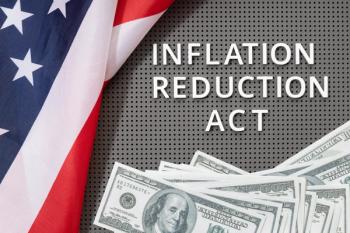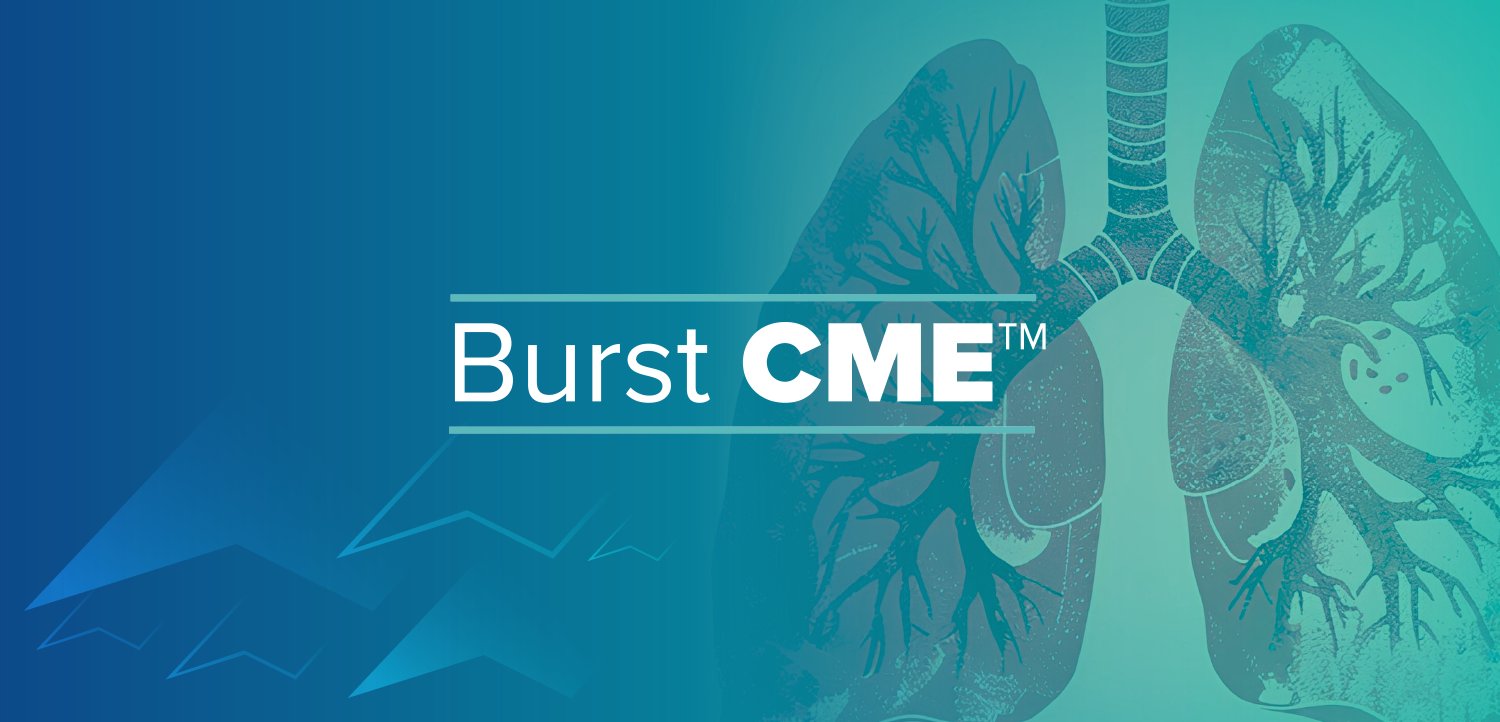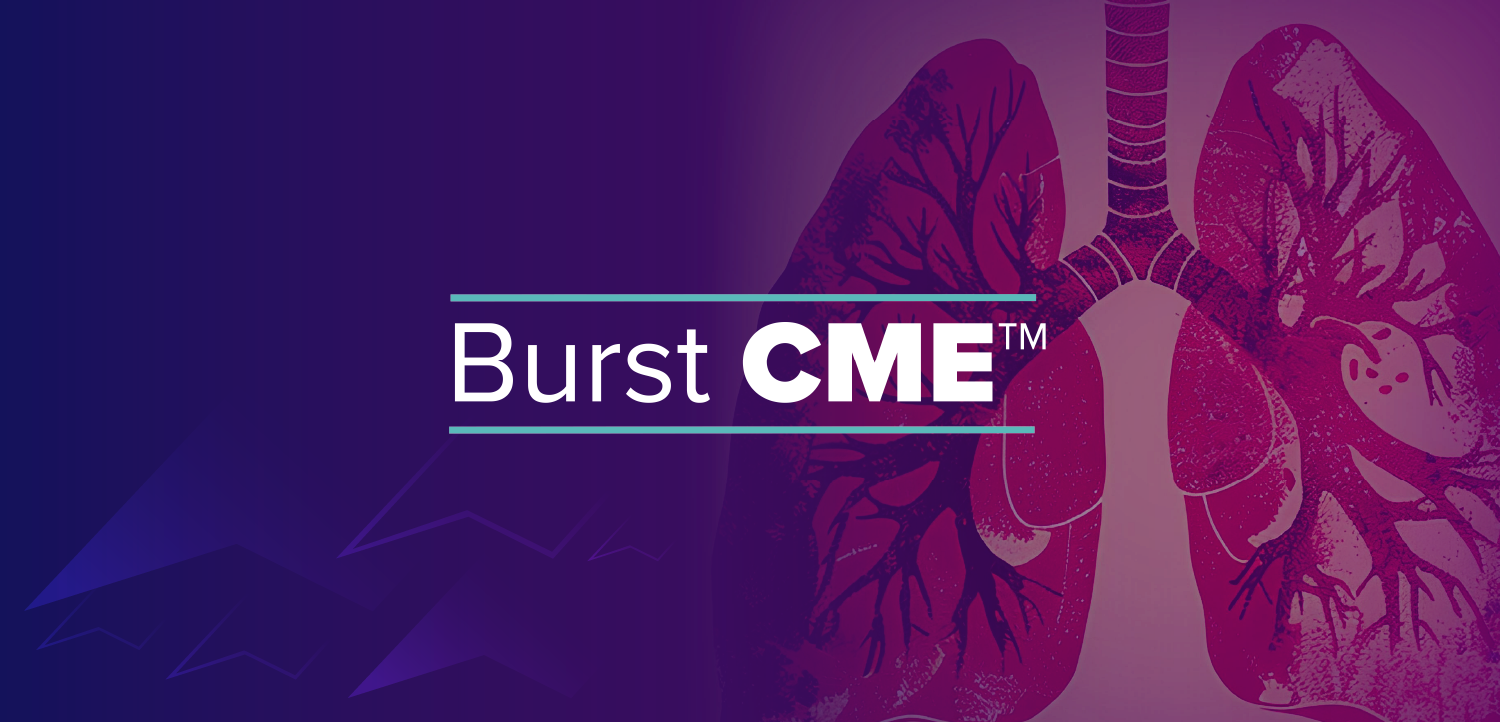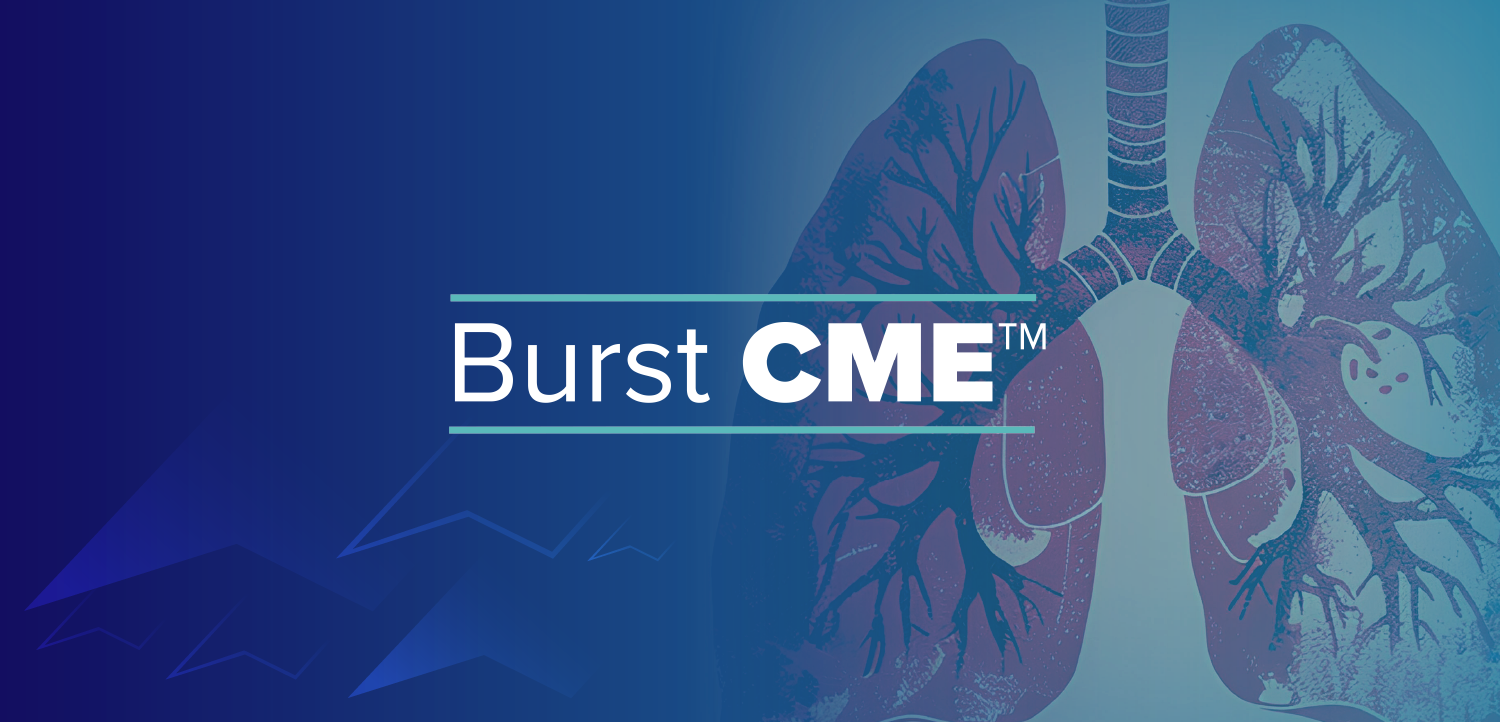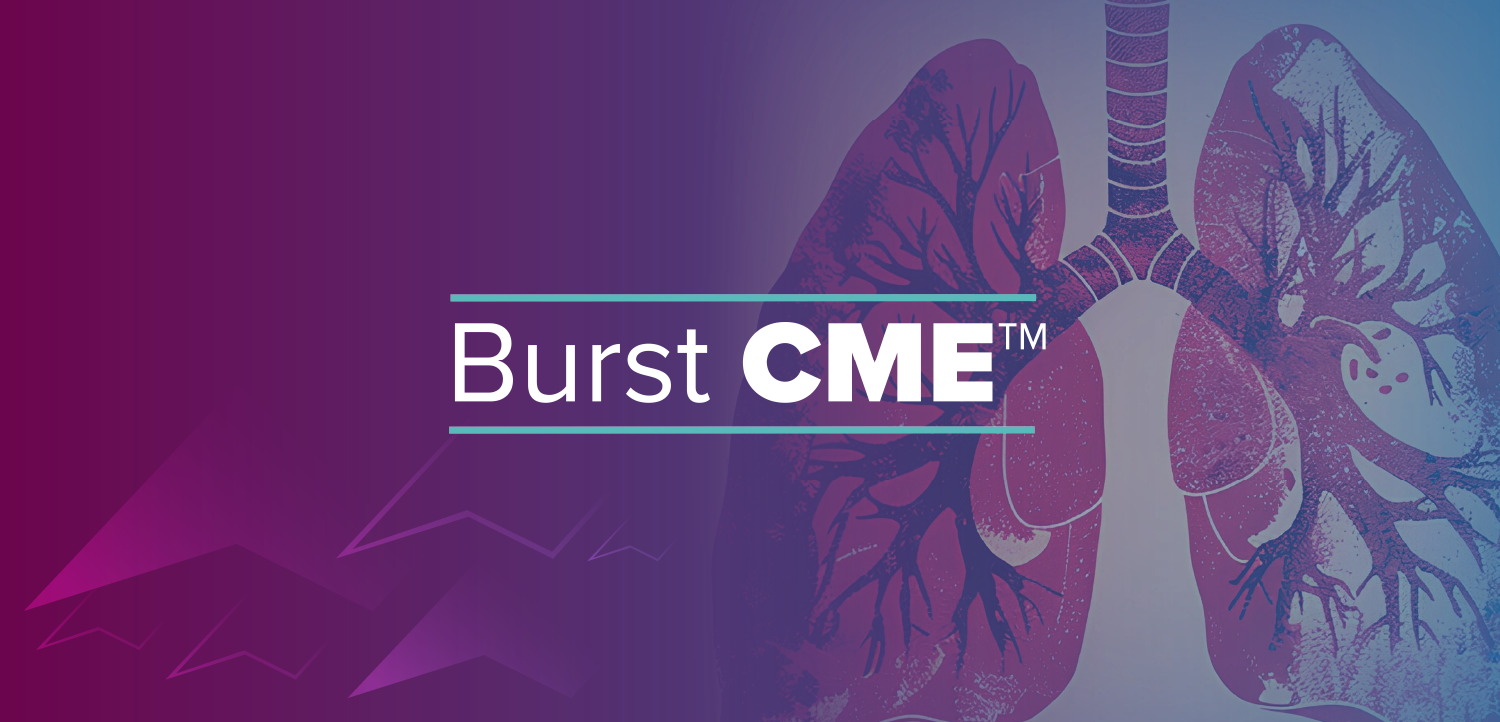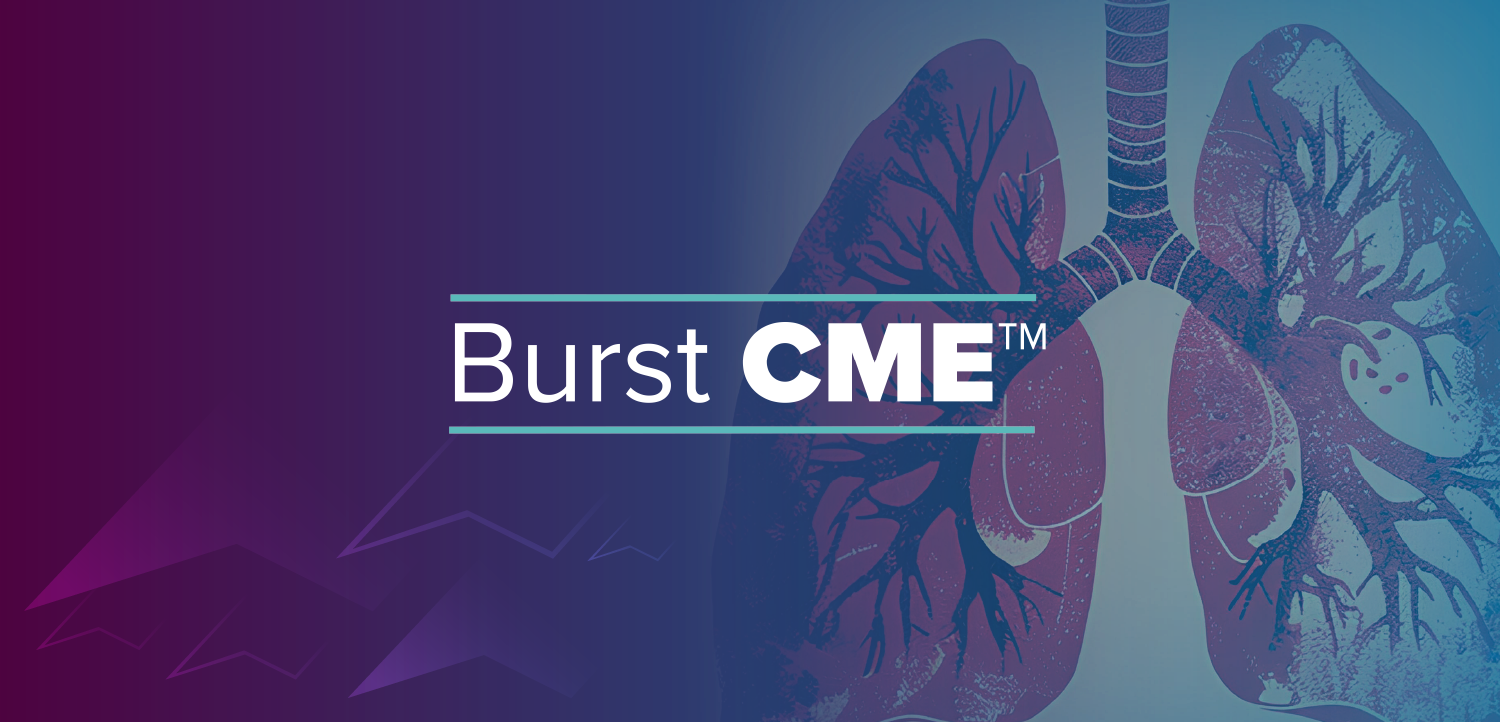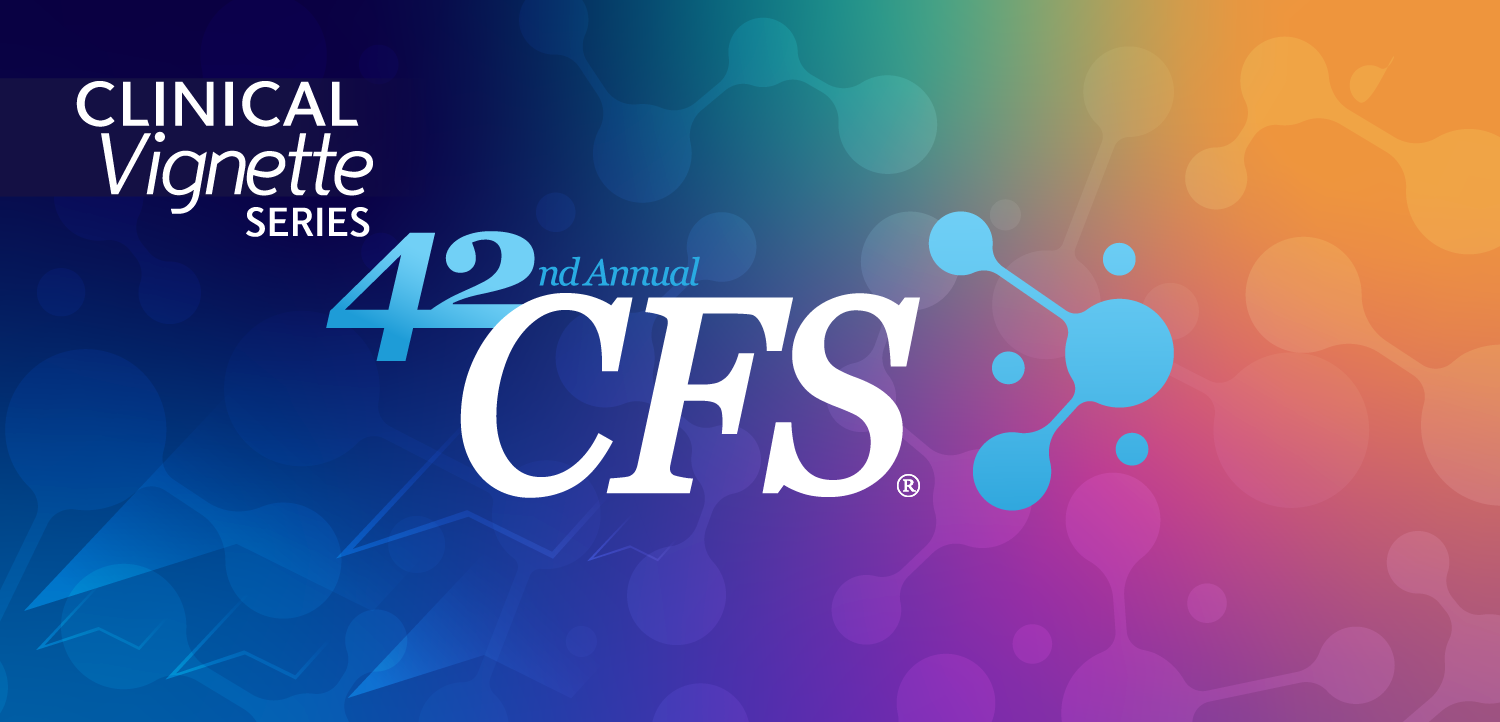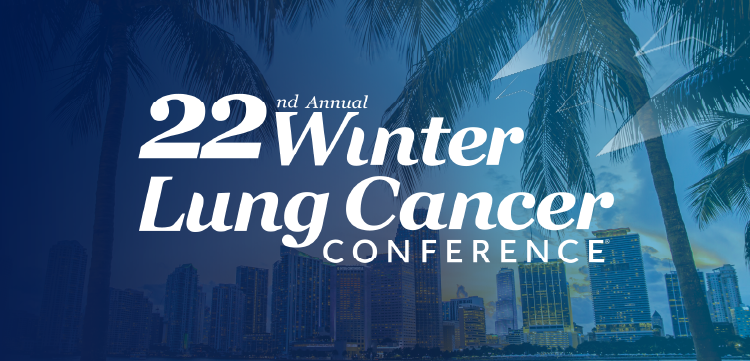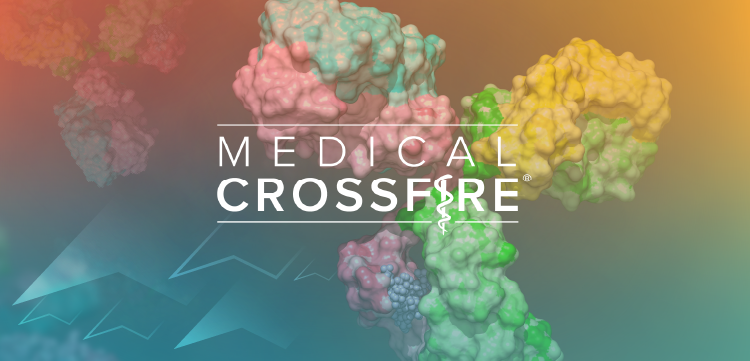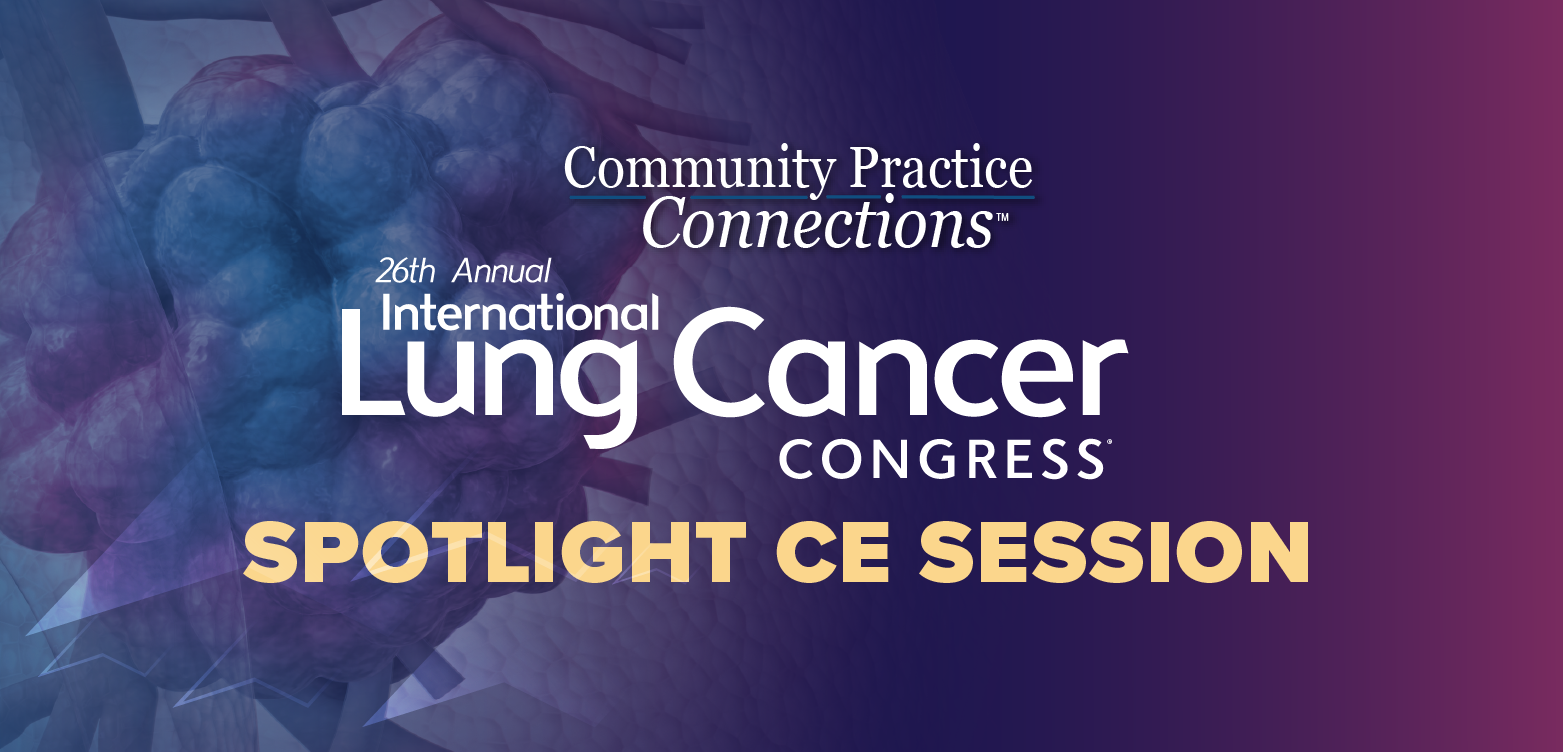
CBO examines more than 100 proposals
Pick your poison. Even with the grand number of proposals on the table, healthcare will still cost the nation trillions.
Prevention and disease management programs could lessen the need for expensive care for some patients, but such initiatives have costs, especially if provided for large populations. Anti-obesity and anti-smoking campaigns that enable people to live longer, moreover, increases future demand for care. Wider adoption of health IT may make operations more efficient, but implementation will be costly upfront. And comparative research on which drugs and medical procedures are most effective may not save much money in the near term.
Overall, the outlook is dim. CBO projects that the nation will spend $2.6 trillion for healthcare in 2009, 17% of gross domestic product and rising to 20% of GDP by 2017. Federal expenditures for Medicare and Medicaid will grow from $720 billion in 2009 to about $1.4 trillion by 2019, and the number of uninsured will rise from 45 million to about 54 million.
In anticipation of a serious effort to overhaul federal health programs, CBO has looked closely at how more than 100 reform proposals would affect costs and coverage over the next 10 years. Reducing the tax exclusion for employer contributions to worker health insurance, for example, would increase federal revenues by $450 billion through 2018, but also boost the number of uninsured by several million.
Replacing the exclusion with broader deductions for insurance premiums would generate more gains. Allowing self-employed workers to deduct health insurance premiums from income would reduce revenues by some $37 billion, and extending that deduction to everyone with individual coverage would double the cost.
There's a slight gain from permitting sale of health insurance through associations, while requiring large employers to "play or pay" for coverage would generate almost $50 billion in fees. More expensive is establishing a national high-risk pool for people unable to obtain individual coverage, which would cost the government more than $15 billion through 2019. And a national reinsurance program that subsidizes all high-cost beneficiaries could rack up more than $750 billion in outlays.
At the same time, requiring states to use community rating for small-group premiums would save money but prompt many healthy individuals to drop coverage.
The government would gain about $5 billion from medical malpractice reform that sets a $250,000 cap on noneconomic damage awards, a $500,000 cap on punitive damages, and other limits. Cutting outlays for prescription drugs is more promising: CBO projects hefty savings by requiring manufacturer rebates on products covered by the Medicare drug benefit and by approving generic versions of biotech therapies.
Closing up the "donut hole" in Part D is much too expensive to expect.
The analysts also predict gains from revised payment methods for Medicare Advantage plans. The government would save about $160 billion over 10 years by setting benchmarks equal to local fee-for-service per capita, using competitive bidding to set benchmarks, or adopting a "premium support" system that has MA plans compete for enrollees with traditional Medicare.
Jill Wechsler, a veteran reporter, has been covering Capitol Hill since 1994.
Newsletter
Get the latest industry news, event updates, and more from Managed healthcare Executive.



